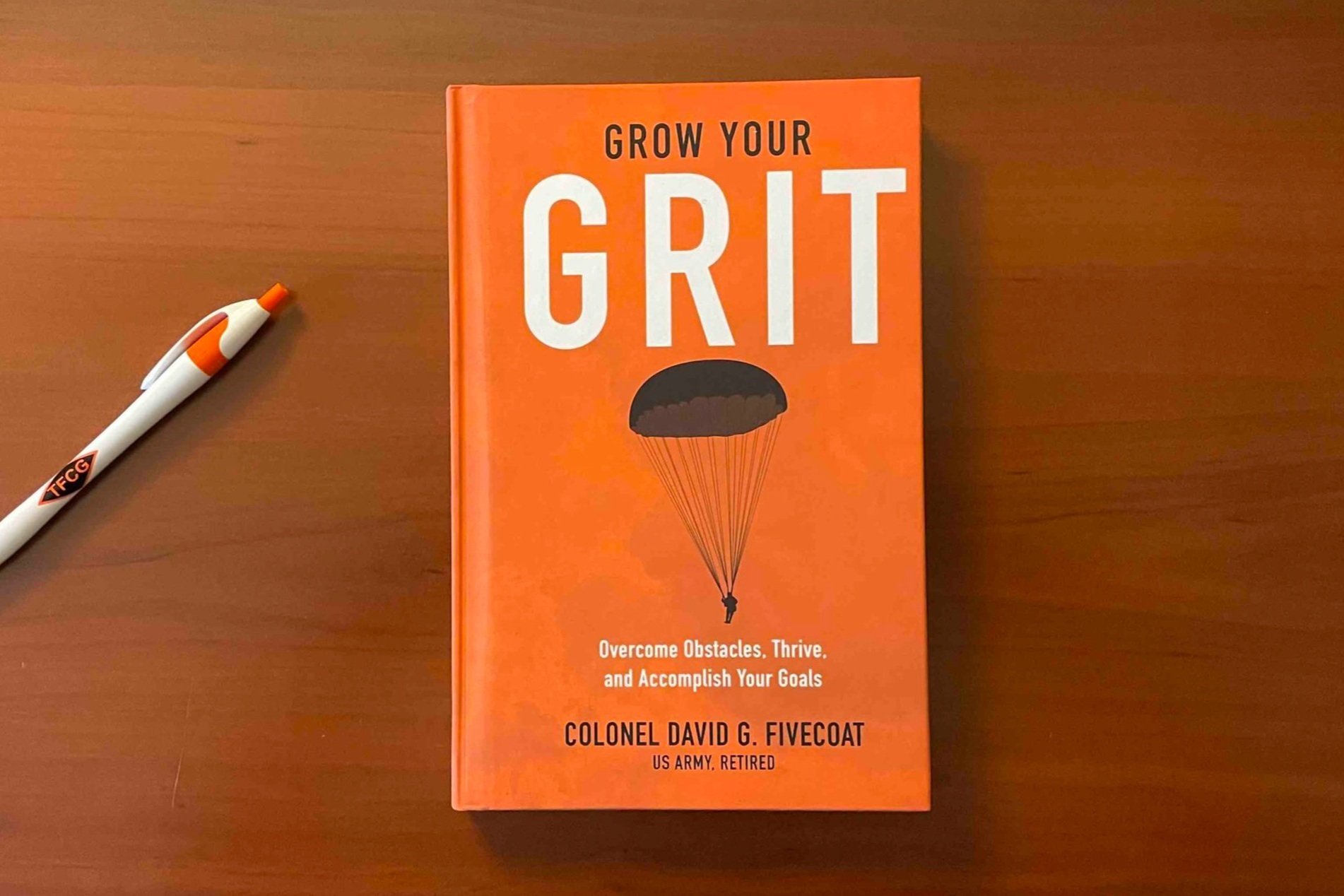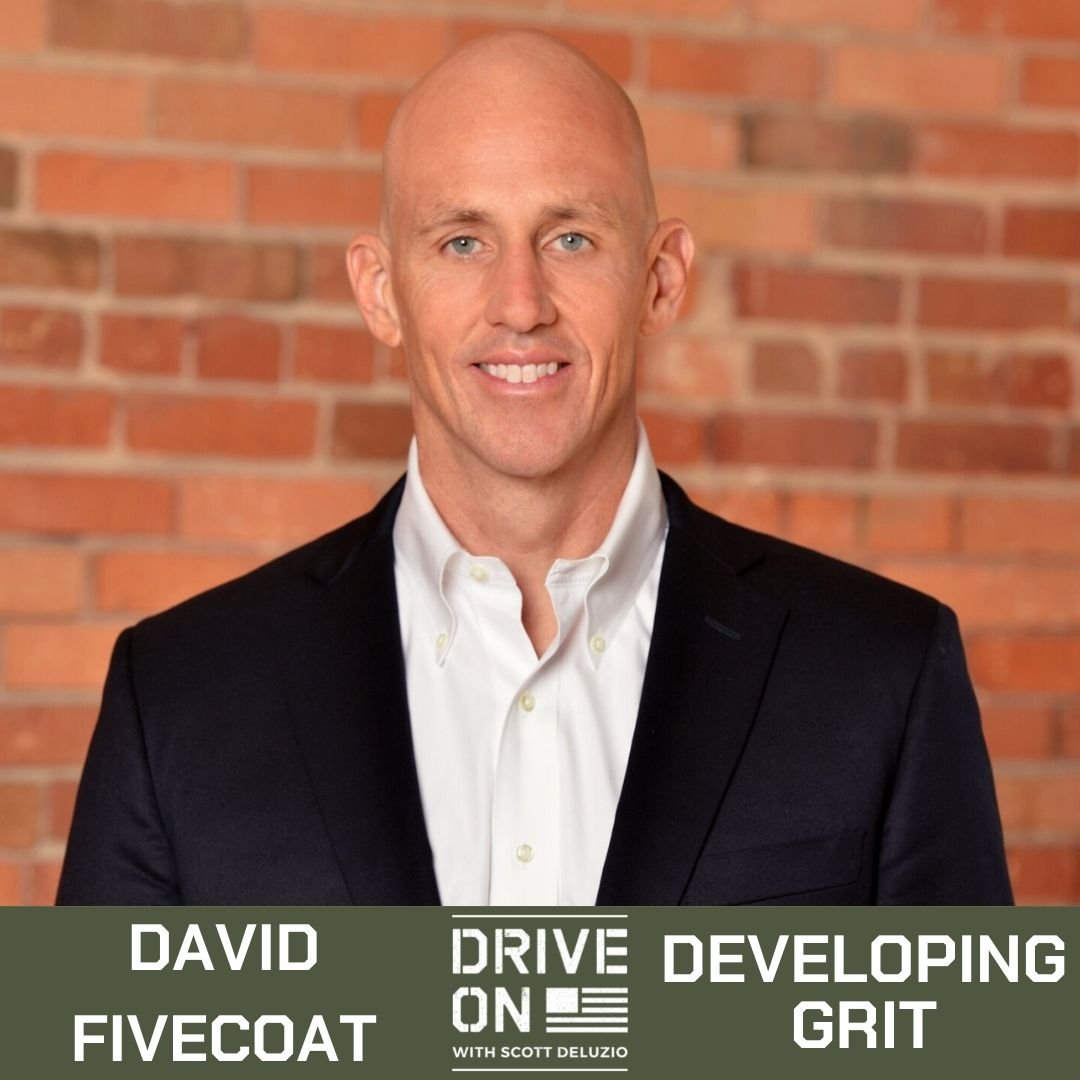Olympic Speed Skating and You (#216)
Most of you have no idea who Nils van der Poel is. I didn’t, until he published his complete training plan that he used to prepare for and dominate at the 2022 Winter Olympics. I found the plan, printed it, and thoroughly enjoyed reading it. You may not be an Olympic speed skater, but his plan is packed with insight and wisdom. You can download and read the whole plan here. You also may not realize that Nils van der Poel’s plan and philosophy as some incredible insights for you as an athlete, tactical athlete, or executive.
So who is he? Nils van der Poel is a 6’0, 181 pound, 25-year old athlete with curly brown hair and brown eyes. A long distance speed skater, he was a world junior champion. After taking a year off to serve in the Swedish Army in their Ranger Battalion, Nils racked up gold medals in the 2021 World Championship in both the 5,000 meter and 10,000 meter events, and gold medals in the 2022 Olympics in the 5,000 meter and the 10,000 meter events.
But Nils van der Poel isn’t just an incredible athlete. He also published his entire training philosophy and training regimen he followed during the past three years that led to his World Championships and Olympic Gold Medals. I hope one of the pro cyclists take note (Sepp Kuss? Kristen Faulk?) and publish their philosophy and training regimen as well. It’s enlightening to learn from the best
Nils van der Poel’s Big Ideas:
Here are the 10 big ideas from van der Poel’s training philosophy and regimen:
You will be good at whatever it is you train — This was Nils’ fundamental philosophy. He wanted to be a great speed skater, so everything revolved around being the best in the world at the 5,000 Meter and 10,000 Meter distances. Although he did a ton of work off the ice on the bike, it was focused on helping him build strength and endurance on the ice.
Nils always trained at racing — When Nils got on the ice, he only skated at race pace. Long track speed skating is done on a 400 meter oval. Nils tried to maintain a 30 second lap on the 400 meter oval for up to 25 laps (10,000 meters).
Where could you as an athlete, tactical athlete, or executive do a better job of focusing on the truly important stuff that only you can do? For Nils, it was speed skating as fast as possible. What is it for you?
Nils divided the year into five blocks. Like an Olympic athlete, tactical athlete, or executive you can’t be at your peak all year round. When are your peaks and valleys as an athlete, tactical athlete, or executive? Nils divided the year into five blocks so he was at his peak for the big races in Specific Season 1 and 2:
Aerobic Season (March-July)
Threshold Season (August-mid-October)
Specific Season 1 (Mid-October-December) — World Cup Races
Aerobic Season 2.0 (December-January)
Specific Season 2 (January-March) — World Cup Races and World Championships
5-2 Training program — Nils used an extremely disciplined approach to training. He would train 5 days in a row (typically Monday through Friday) and then took Saturday and Sunday off. He usually spent Saturday and Sunday hanging out with his friends, as well as resting his mind and body.
When are you resting as an athlete, tactical athlete, or executive?
Here is an example of the 5-2 Program in action during the Aerobic Season (30 hours on the bike in one week, at over 240 Watts (W) is an incredibly tough cycling workout! Maybe he should try pro cycling next???):
Monday — 7 Hours Biking at 260W
Tuesday — 6 Hours Biking at 250W
Wednesday — 2 Hours Cross-Country Skiing + 4 Hours Biking at 250W
Thursday — 7 Hours Biking at 265W
Friday — 6 Hours Biking at 240W
Saturday — Rest
Sunday — Rest
Overreaching is a risky business, but nevertheless must be approached. Nils wanted to win championships and break records, so he had to get accustomed to taking risks.
How and when are you taking risks as an athlete, tactical athlete, or executive?
Speed skating is just a one legged squat, repeated over and over, at your maximum heart rate. Nils boiled the sport down into its essence.
How are you boiling down your sport or job into its essence?
Nils worked hard at what he called “Creating a smooth environment, free of hassle…” For example, he hated bike trainer rides so he bought the right gear so he could ride outside all year round. He did not enjoy running in fields, so he moved to the mountains.
How and when are you making your environment as hassle free as possible as an athlete, tactical athlete, or executive? Remove obstacles towards achieving your goals.
Nils knew he would be fighting his way upstream as he tried to be the best speed skater in the world — Nils understood he would not fulfill that goal [world records] using means others had already undertaken… For the guy on top of the podium is not like everyone else, and therefore he is, by definition, an outsider. Fortitude is key.
Motivation is not infinite, but rather finite.
Back again on the idea of max effort and rest. When are you resting as an athlete, tactical athlete, or executive so you have the motivation to accomplish your goals at the appropriate time?
Conclusion
Like this post? Want more ideas on leadership and fitness? Then check out:
If you’d like some more ideas on how to improve yourself take a look at my book, Grow Your Grit, available for sale at Amazon. Or reach out to TFCG here to start the discussion about getting an executive coach in your corner to help improve your leadership skills.
More Media
I recently was on Scott DeLuzio’s DriveOn Podcast talking about veterans and developing grit. Click on the picture to go to the episode. Really enjoyed the interview!
Go on the offensive and use Nils van der Poel’s ideas to help improve yourself as an athlete, tactical athlete, or executive in 2022.


